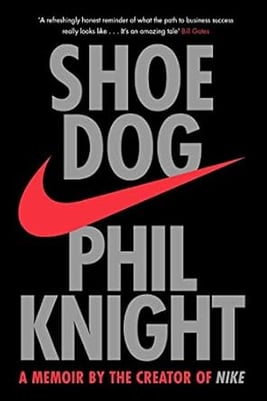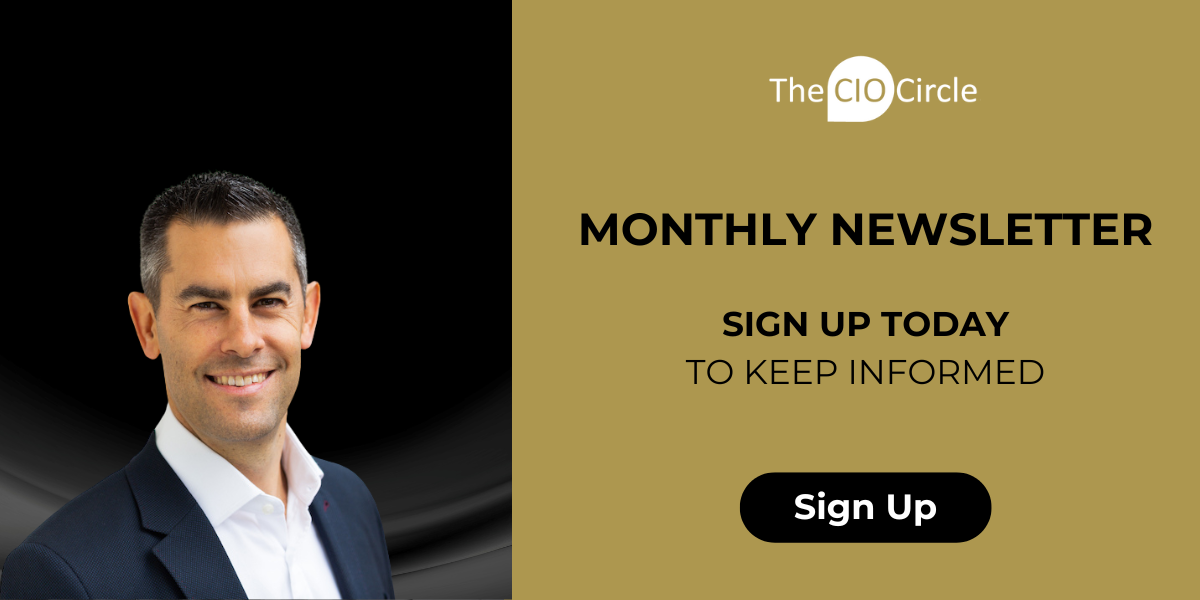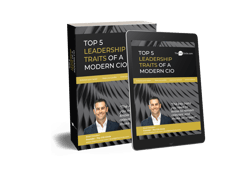Fractional CIO at Digital Bridge Partners
Can you please provide a little introduction about yourself
I'm currently based in the UK, but I'm planning to move to the UAE in the new year. I have worked with Flair Rugs for almost 18 years, and it's been a fulfilling and transformative journey. Over the years, I’ve worked on numerous transformation projects, both technology-driven and those related to supply chain—spanning what we call "factory to floor."
My role was about leveraging technology as a business enabler and ensuring alignment with our overarching strategy. I also recently started to work with Digital Bridge Partners in a fractional CIO/CDO role. I’m passionate about creating solutions that bring measurable value to the business.
What has your journey to your position been like? What path have you taken?
My journey hasn’t been straightforward in one area of technology. I started early by earning my MCSE certification and working hands-on in server administration. That experience gave me technical foundations, but I always had a desire for problem-solving, which led me to pursue software engineering at university. I enjoyed solving complex problems with algorithmic thinking.
A pivotal moment was choosing to pursue a master’s degree in Business Technology at Manchester Business School. One module, Enterprise Modelling, shaped my understanding of organisational change. It introduced me to concepts akin to modern digital twins, simulating business processes and assessing the impact of changes in a controlled way. This perspective opened my eyes to how technology could be used strategically in business.
After university, I joined Flair Rugs as a project manager, leading an organisation-wide ERP transformation. This role allowed me to learn how different parts of the business operate and how to connect them through technology. Over time, I built Flair Rugs’ IT and technology functions from a one-person team into a comprehensive department with multiple pillars supporting infrastructure, application, data, and recently AI. These milestones laid the groundwork for where I am today.
Has it always been your vision to reach the position you’re at? Was your current role part of your vision to become a tech leader?
Yes, absolutely. From the start, I’ve been more interested in the strategic application of technology than in the technical details. I’ve never seen myself as a "techie." My focus has always been on how technology can practically add value to a business and enable growth.
This vision drove my career decisions and shaped my leadership approach. It’s about bridging the gap between technology and business, ensuring alignment with strategy, and delivering tangible outcomes. This focus has been consistent throughout my career and remains my guiding principle.
Have you had a role model or mentor that has helped you on your journey?
Yes, there are two people who significantly shaped my journey. The first is Ali, a family friend who introduced me to computers back in 1994. He taught me about operating systems and interacting with computers through DOS prompts, which sparked my interest in technology.
The second person is Tina Carswell, the Managing Director of Flair Rugs. Tina transformed my career by challenging me and building my confidence. She supported me in improving my public speaking, and people management. Tina empowered me to step out of my comfort zone and believe in my potential even when I doubted myself. Her guidance and encouragement were pivotal in shaping my leadership style and career trajectory.
How do you see the role of the technology leader evolving over the next 5 years?
The role of the technology leader is becoming more critical as the pace of change accelerates. The main challenge is filtering out the noise—there is so much happening in the technology space that it’s easy to get distracted by the latest trends. The focus should be on identifying what delivers measurable business value.
It’s not about adopting every new technology but about aligning technology with business strategy to drive growth, efficiency, and profitability. Leaders will need to run quick proof-of-concepts, adopt a “fail fast” approach, and focus on what works for their organisation. They must also act as translators between technical teams and business stakeholders, ensuring everyone is aligned around shared goals.
What skills do you think leaders of the future will need in order to thrive?
Empathy and emotional intelligence will be critical for future leaders. Machines may excel at automation and analytics, but they cannot replicate human emotions or relationships. Successful leaders will need to connect with people on a deeper level, understanding their emotions, motivations, and thoughts.
I often compare this to an iceberg: visible behaviour is just the tip, while emotions and thoughts lie beneath the surface. Leaders must be able to navigate these underlying factors to unlock true potential. Beyond this, adaptability, strategic thinking, and the ability to filter and focus on relevant technologies will be essential for thriving in the rapidly changing landscape.
Is there anything in particular that you would still like to achieve in your career or what is the next step on your journey?
There’s definitely more I’d like to achieve in my career. For me, the next step is about making a bigger impact and expanding my reach. Moving to the UAE is a big part of that, I want to immerse myself in the region’s dynamic market and work with organisations to navigate digital transformation in a way that’s meaningful and sustainable.
I’m particularly passionate about helping businesses see technology as more than just a tool for efficiency, it’s a way to enable growth, solve real problems, and create opportunities. I’d love to play a role in shaping strategies at a senior level, ideally as a partner to multiple businesses, where I can bring my experience to the table and help them deliver lasting change.
At the same time, I’d like to share more of what I’ve learned, whether through thought leadership, mentoring, or just having conversations that inspire others. There’s still a lot to do, and I’m excited about what’s ahead.
What advice would you give to aspiring technology leaders who are just starting their careers?
My advice is to focus on building both depth and breadth in your skills. Develop expertise in one or two areas, but also gain a broad understanding of how different parts of technology connect. Don’t try to be everything to everyone; instead, find your focus and align it with your strengths and passions.
Most importantly, never overlook the people aspect. Building trust, and relationships, and understanding the human side of change is critical. Technology is just a tool—it’s the people who will determine the success of any initiative. Learn to communicate your ideas clearly and connect with people at all levels of the organisation.
I would add that there is no shortcut, enjoy the journey.
"Focus on building both depth and breadth in your skills."
What has been your most significant achievement or proudest moment as a technology leader?
One of my proudest moments was stepping into the role of Director of Technology and Operations, a position completely outside my comfort zone. I was responsible for managing 75 people in the fulfilment centre, an area where I had no prior experience.
I focused on understanding each person’s motivations and adapting to their needs. By implementing new processes and KPIs, I faced initial resistance but gradually built trust and engagement. I fostered a sense of competition within the team, which motivated them to outperform expectations. This experience taught me the importance of adaptability and empathy in leadership.

In 1962, fresh out of business school, Phil Knight borrowed $50 from his father and created a company with a simple mission: import high-quality, low-cost athletic shoes from Japan. Selling the shoes from the boot of his Plymouth, Knight grossed $8000 in his first year. Today, Nike's annual sales top $30 billion.
A big thank you to Hossein Mohammadi from Digital Bridge Partners for sharing his journey to date.
If you would like to gain more perspective from Tech Leaders and CIOs you can read some of our other interviews here.
May 20, 2025


